Over the last few years, the only thing teased by Magic Leap more than the Magic Leap One itself has been the company's flagship gaming title Dr. Grordbort's Invaders. The game, developed by New Zealand studio Weta Workshop, finally got its debut last week during the L.E.A.P. conference in Los Angeles.
But since so few people have had the ability to even buy a Magic Leap One, it's likely that you've haven't tried it yet. That's why we're here, to give you a real peek at the future of augmented reality, beyond the perfect game trailers and snippets of footage released by the company.
But before we get into the game, it's important to point out how long this project has been in the works. Magic Leap CEO Rony Abovitz met Weta Workshop's CEO, Richard Taylor, way back in 2009, and soon after asked him to become an integral part of Magic Leap's mission. That's right, the seed leading to this game's creation was planted nearly a decade ago.
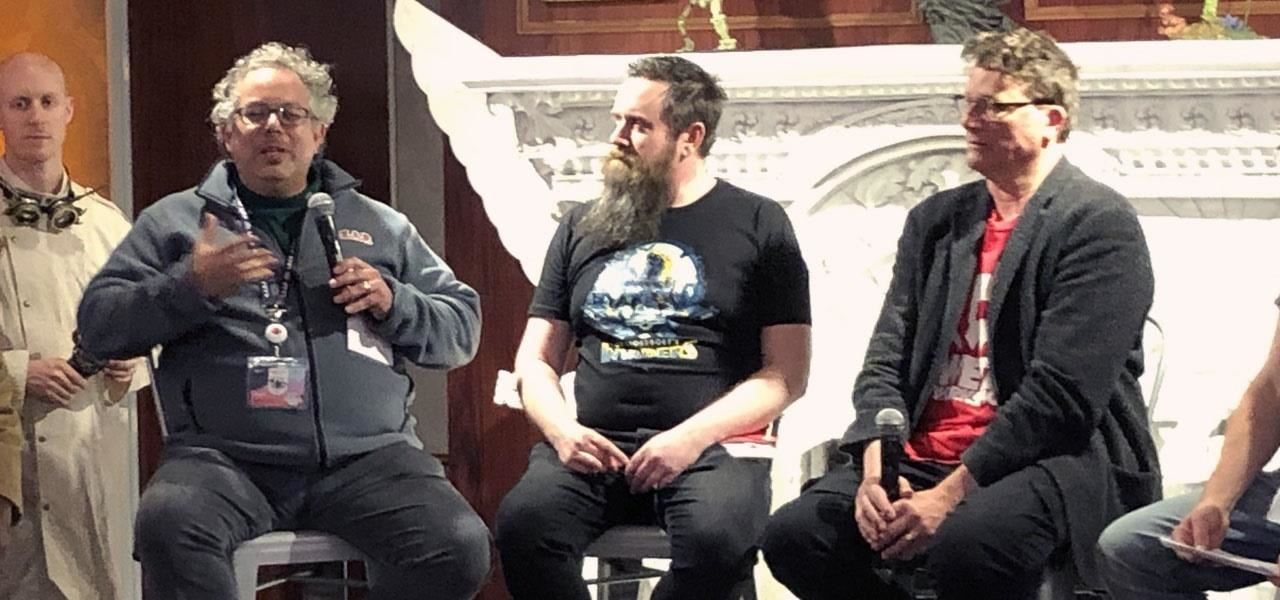
Appropriately, Taylor was on hand to introduce the game in LA, alongside Abovitz and Weta Workshop's game director Greg Broadmore. For most onlookers, the game's posters, laser gun replicas, and actors outfitted to mirror the game's steampunk aesthetic might come off as more hype, but the entire look and feel of the game and event was painstakingly curated over many years.
And while most of you still haven't had played it, the good news is, Weta Workshop's long and closely guarded work was worth it. Dr. Grordbort's Invaders is the transcendent augmented reality gaming experience many have been imagining for years.



My first opportunity to try the game was the site of the L.E.A.P. conference in a specially constructed room where the environment had already been mapped and the game was prepped for me to simply dive right in. That was great, but there was a long line behind me, as well as many distractions, so I decided to use our own Magic Leap One to get an in-depth feel for the game experience.
As with most Magic Leap One experiences, everything starts with using the device to map the environment's walls, floors, and furniture. The helpful voice guide in the game advises that you find a space that has at least one wall that's four feet wide and six feet tall. However, during my first attempt to play the game, I found that a living room I tried to map, which was about 12 feet wide and eight feet tall, was unacceptable for the game's standards. I couldn't even get started.

The next environment I tried was a large studio apartment, about 24 feet wide on one side and 10 feet tall. The game immediately liked that environment better and mapping went off without a hitch. On another occasion, the good people at LA's Soho House let me commandeer one of their lounge rooms to let a friend sample the game and I was met with a different problem. Although the room was more than large enough, half of it was bordered by floor-to-ceiling windows.
Based on my experience with the Magic Leap One, I knew we needed to block out as much outside light as possible, so we drew the curtains on all the windows. But then, it turned out that the room was too dim (think cigar lounge lighting — lighted, but heavily muted) to achieve any mapping. In this case, the answer was to partially throw back the drapes on one window to allow a little more light in and, voilà, mapping began to take hold.

Once the mapping is done, which is aided by a series of very cool buttons floating at different points in the room that you're prompted to push, the game begins and your robot assistant Gimble appears to give you the rundown on what kind of adventure you've gotten yourself into.
- Don't Miss: Magic Leap's Chief Content Officer Rio Caraeff Opens Up on Walled Gardens, Data Privacy, & Blockchain
Soon after, you receive a holographic transmission from Dr. Grordbort himself, who gives you more detail about the universe you've entered and the robot threat that looms just beyond your walls. I was particularly impressed by the difference in how the game rendered the roughly 5 foot 8 inch tall monochromatic 3D image of Dr. Grordbort as somewhat translucent (a la Star Wars' holographic Princess Leia hologram) versus the vivid image of Gimble, who appears to exist in the real world alongside you.
But what does the game really look like? That's a great question. One that deserves looking back into the history of Magic Leap.

One of the major controversies that has plagued Magic Leap is an early concept video of the game. In 2015, the video, titled "Just another day in the office at Magic Leap" (now renamed "Original Concept Video"), stirred up both excitement and confusion. The impression held by many at the time, myself included, was that the video was a demo of what the Magic Leap device could do.
Later, we learned that the video was just a concept, many accused the company of misleading the public in an attempt to hype the still unreleased device. In my opinion, this early misstep is directly linked to some of the ongoing negative media coverage of Magic Leap. First impressions matter.
Years later, one of the game's creators claims that the video was only ever meant to be a pitch video, not passed off as in-game demo footage. Nevertheless, the damage was done, and following the "fake" video, nothing less than mind-blowing graphics would quiet the doubters.
Well, after playing the game several times, in several different environments, I'm ready to say that Magic Leap's "concept" video was actually an accurate depiction of what Dr. Grordbort's Invaders looks like on pretty much every count.
In fact, I'd say the real game looks a bit better than the concept video. Of course, nothing short of literal "magic" will be enough for some who have (in some cases, correctly) felt misled by Magic Leap in the past. But if you found that original concept video exciting, you'll be more than happy with the real thing.


I'm also highlighting this point because none of the gifs or videos you'll see here properly illustrate the realism and vivid imagery of the in-game characters and objects. Whatever you see here, just imagine as about 30% more vivid, crisp, and opaque when seen through the Magic Leap One and you'll have a rough idea of what the game really looks like.
Now, back to the game.

After you've received instructions from Gimble and Dr. Grordbort, you'll soon find yourself swamped by an invading horde of humanoid robots (Simpletrons, Thugmobots, and Probebots) that step through portals that open up in your walls, floor, and ceiling. If you're a science fiction fan, it's really quite wonderful — it's like you are suddenly immersed in a big budget Hollywood action movie in your living room.
Part of the realism comes from the spatial audio, which alerts you to threats emerging from locations not directly in front of you. Regarding tracking, the experience was solid about 85% of the time. The Control device acts as your gun and hands (when pressing buttons, holding keys, etc.), and was generally reliable, only significantly losing tracking during one gaming session out of six. That was quickly fixed by quitting and rebooting the game.
Another aspect of tracking in the game that hasn't been talked about much is the ability to use your non-controller hand as a shield. I spoke a number of people at the L.E.A.P. event demo who had no idea this was a feature. It adds a lot. Not only does the game track your hand, allowing you to block projectiles fired by robots, that same tracking allows you to pick up charging crystals (to recharge your shield) that have fallen to the floor.

In the past, I've heard Magic Leap discuss how some users have experienced "feeling" some of the virtual objects they've experienced using the company's device. I'm familiar with this phenomenon, which is fairly common in VR environments. But I'll admit, as someone who hadn't tried the Magic Leap One at the time, the company's claim rang hollow (particularly given all the secrecy and unproven hype).
That's why I was surprised the first time I blocked a robot project with my left hand and felt, that's right, a blooming tingle spread over my hand. Even a cynical, immersive computing experienced veteran like me was fooled into feeling phantom feedback thanks to the realism of the experience.
Just to make sure I wasn't simply geeking out on something I've been waiting a long time to sample, on two separate occasions, I let friends with no experience in AR or VR try the game. Each time, I literally had to pull them away to get them to stop looking into the dimensional portals and firing away at yet another onslaught of robot enemies.
Confirmed: Dr. Grordbort's Invaders isn't just a great demonstration of the Magic Leap One, it also does the most important thing any good game must achieve — it's just plain fun, even for someone who doesn't care about the cutting edge of immersive computing.
But even though the game is free, is it worth spending the $2,300 necessary to experience it? That's a tough call. Were you one of the early Mac buyers in the late '80s early '90s? Were you an early Palm Pilot obsessive long before the coming of the first iPhone? If you had the cash in 2008, would you have purchased Tesla's first car, the Roadster?



If the answer is yes to any of those questions, there's a good chance you're the kind of early adopter who'll be interested in looking into buying the Magic Leap One to dive into this game and other experiences available on the device. But as the company keeps emphasizing, this is a device for developers and bleeding edge creatives, it's not meant for your preteen child (or your inner preteen child) to slam around the house every day in search of robots.
With those caveats in mind, I have to say that this is an incredibly polished game that I, too, had to force myself to stop playing. So far, the only limitations I see here are that you need enough space to play the game, and, of course, the price of the headset.
If neither of those factors is an issue for you, then it may be time to invite Dr. Grordbort's robots to invade your home planet.
Just updated your iPhone? You'll find new features for Podcasts, News, Books, and TV, as well as important security improvements and fresh wallpapers. Find out what's new and changed on your iPhone with the iOS 17.5 update.
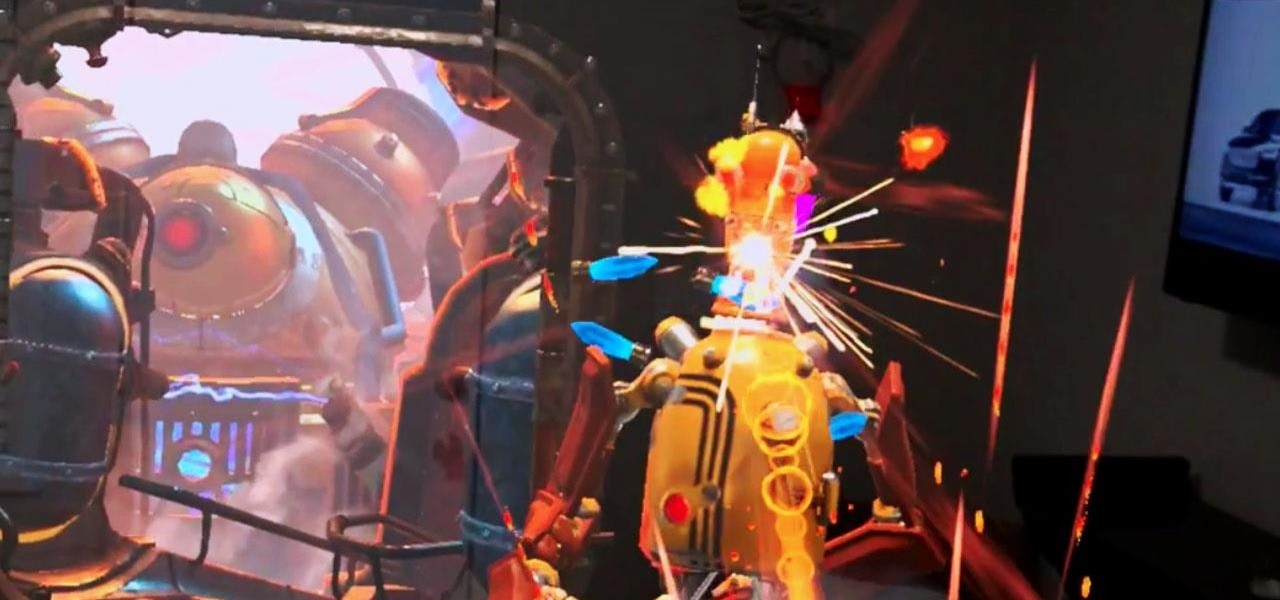





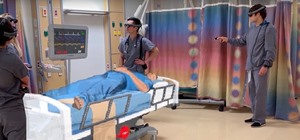

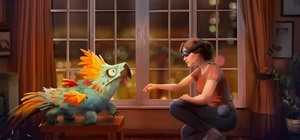

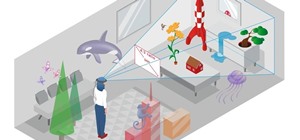
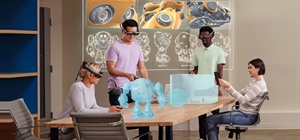
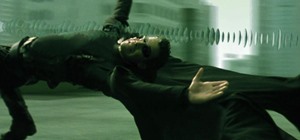
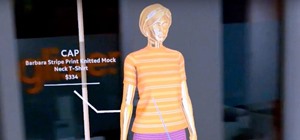

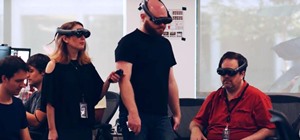
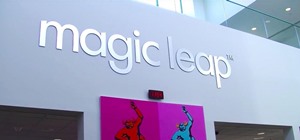
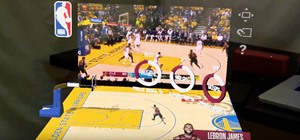
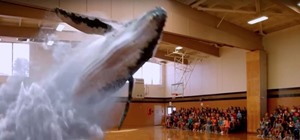
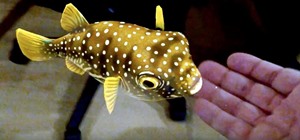
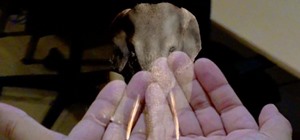
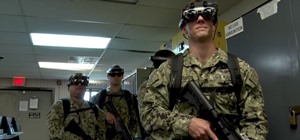
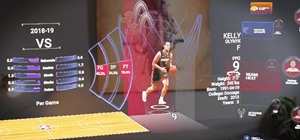



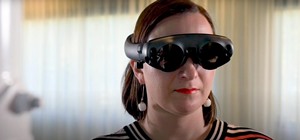
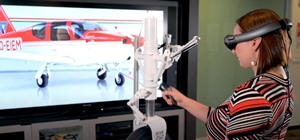

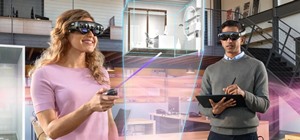


Be the First to Comment
Share Your Thoughts